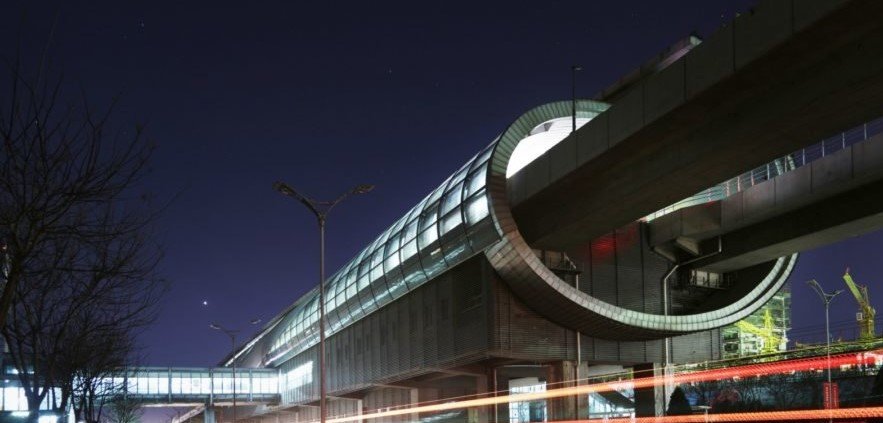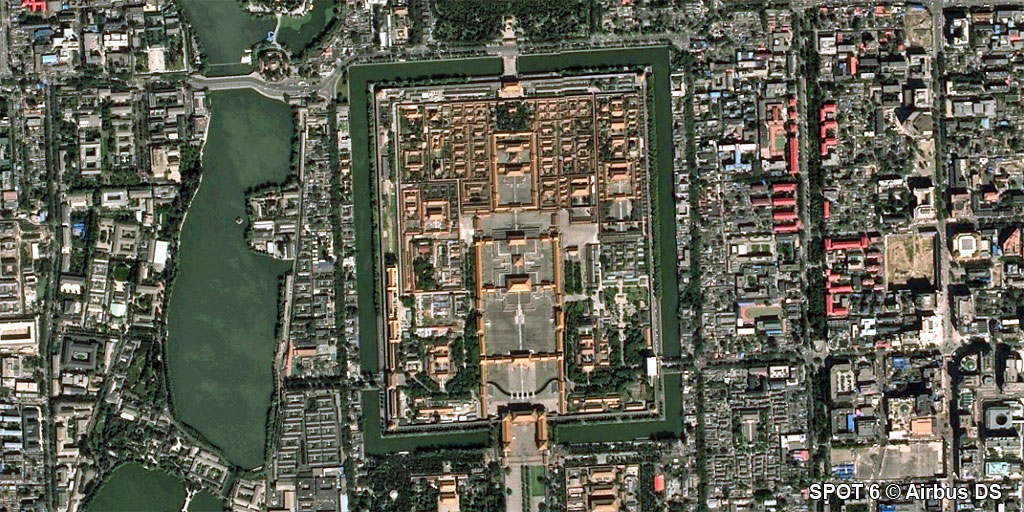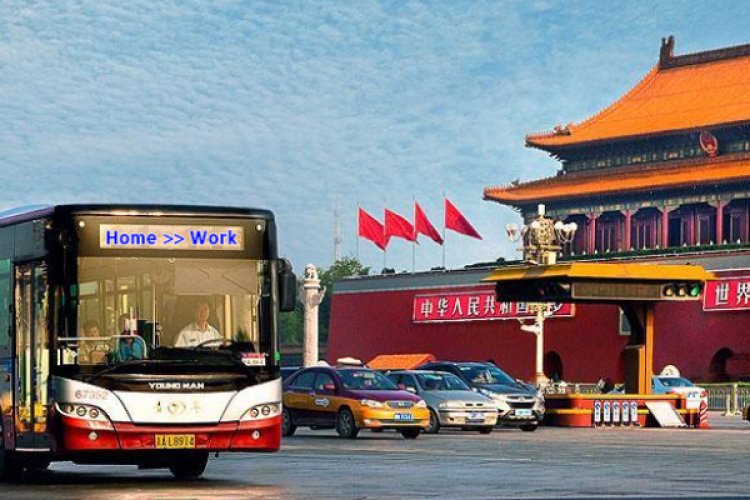Urban Development: Mapping the Unique Challenges That Face Beijing
As cities sprawl, access to transportation becomes key to allowing people to benefit equally from everything the city has to offer. Beijing is no slouch in this regard: its extensive busing and subway systems can deliver a person from point A to point B with relative ease within the core of the city. In fact, Beijing has gone further than most, extending its subway lines well into the greater metropolitan area and affording suburban residents easier access to urban resources than would typically be the case for suburbanites in other cities, especially in the developing world.

Such extended subway lines have been around for some time, but a recent study investigated how exactly they affect the lives of the people they connect. The Beijinger spoke with Cao Mengqiu of the School of Architecture and Cities, University of Westminster, who authored the study with Robin Hickman of the Bartlett School of Planning, UCL, about the unique challenges that Beijing and other Chinese cities face and what their findings mean for the future of Beijing’s development.
Connecting Beijing’s suburbs
Their research measured the economic effects of subway extensions into the suburbs Sihui and Tuqiao, both of which lie outside of the Fourth Ring Road. As one drags a finger across the map of Beijing from Guomao eastward, income levels gradually drop – to be expected in a developing country – but the question Cao and Hickman were attempting to answer was how much these communities would benefit by being connected by a subway line.
The pair had previously been involved in researching similar extensions on the London Underground. They found that by extending the Jubilee Line, which travels almost the entire width of the city from northwest to southeast, it would help to create opportunities in suburban areas by also connecting them to the city center. Income rose in those communities as a result. But Beijing is not quite like London, where developments in the suburbs attract wealth. On the contrary, once Beijing's subway lines were built, poorer migrants began to flow in lowering the overall average income. In another context, these migrants might have benefited greatly from living in a newly connected area, but due in part to China’s hukou system, their income levels stagnated. This was particularly true in Tuqiao, the less developed of the two suburbs.

If income is the key focus, all this would suggest that connecting a suburb to the city is a bit like installing an elevator in the building: it's only really helpful if the building has already reached a certain height. In the same vein, these communities are only helped by new subway stations if they have already reached a certain level of development.
Cao concedes that in a narrow, income-focused sense, the extension may have failed the community of Tuqiao. But he says that received some pushback when he presented the research in Suzhou, which broadened his view on the matter. “From an equity perspective, different people may have different views,” he says. “I would personally say that residents living in a relatively lower-income neighborhood may still get bits of benefit due to the increased level of accessibility.”
Meanwhile, the study indicates that for communities that already enjoy some level of development, connecting to the subway can be a multi-layered boon. In contrast to Tuqiao, Sihui not only saw incomes rise, but residents became less reliant on cars even though many of them did have driver's licenses.
It is hard to say how much the hukou system limits immigrating residents, but it is worth noting that the immigrants’ situation was not improved nearly as much as those residents who already lived in the suburbs when the subway arrived. In Cao’s opinion though, it doesn’t mean that the system is a mistake. “There are obviously pros and cons for system,” he says. “With rapid urbanization in Beijing and across the whole of China, it is quite difficult for the municipal/local government to find an efficient way/concrete measure of controlling the migrants, which may lead to an unsustainable city following a trajectory of business as usual. Each city has its own maximum capacity."
The future of Beijing development
Subway extensions may have had a limited effect on equity by themselves, but they are part of a larger system of resources available to the residents of Beijing. Cao emphasizes that as development continues, the city needs to consider its own circumstances in order to improve equity.
For example, cycling may be an excellent way for Londoners to commute, but in Cao’s view, Beijingers are more likely to use shared bikes as a “last mile” solution when their work or home is too far from a public transit station.
“Who are winners and losers? How can we do more for the disadvantaged or vulnerable groups?” Cao says the city needs to take these considerations into account each step of the way, from the projects in the inner-city to its developing connection of the Jing-Jin-Ji area that will connect Beijing, Tianjin, and Hebei Province. All such projects will inevitably bring wealth, but the question is, to whom?
READ: Beijing's 'Great Brickening' Encroaches Deeper Into Residential Areas
Images: planetobserver.com, courtesy of Cao & Hickman, Inhabitat







